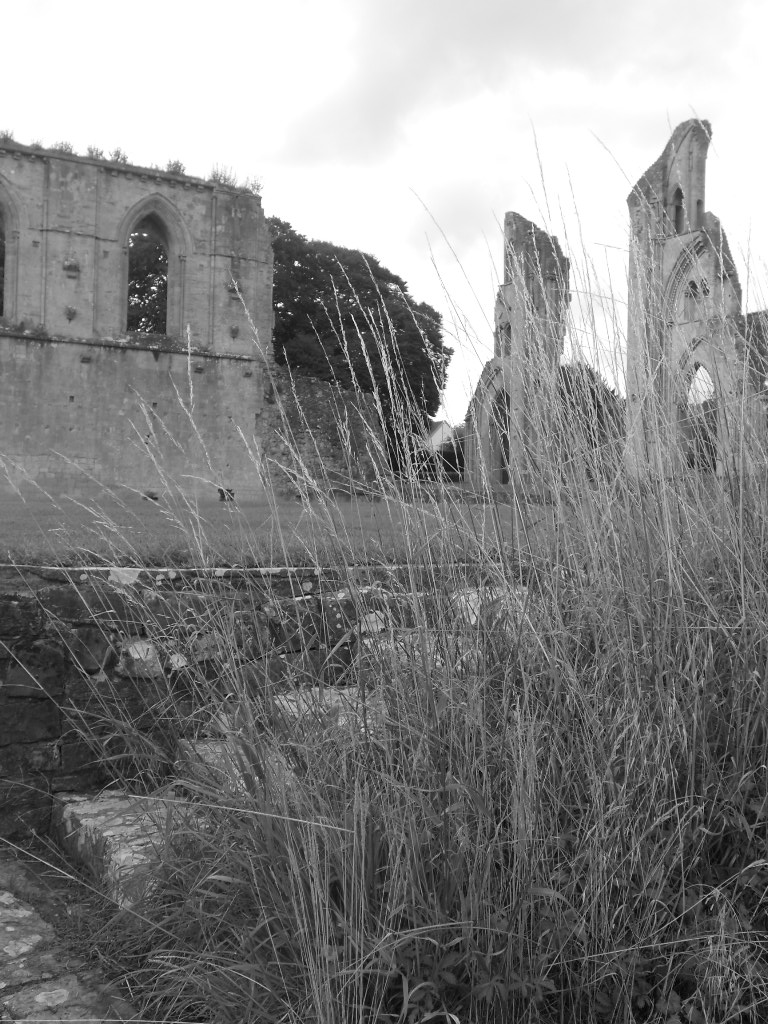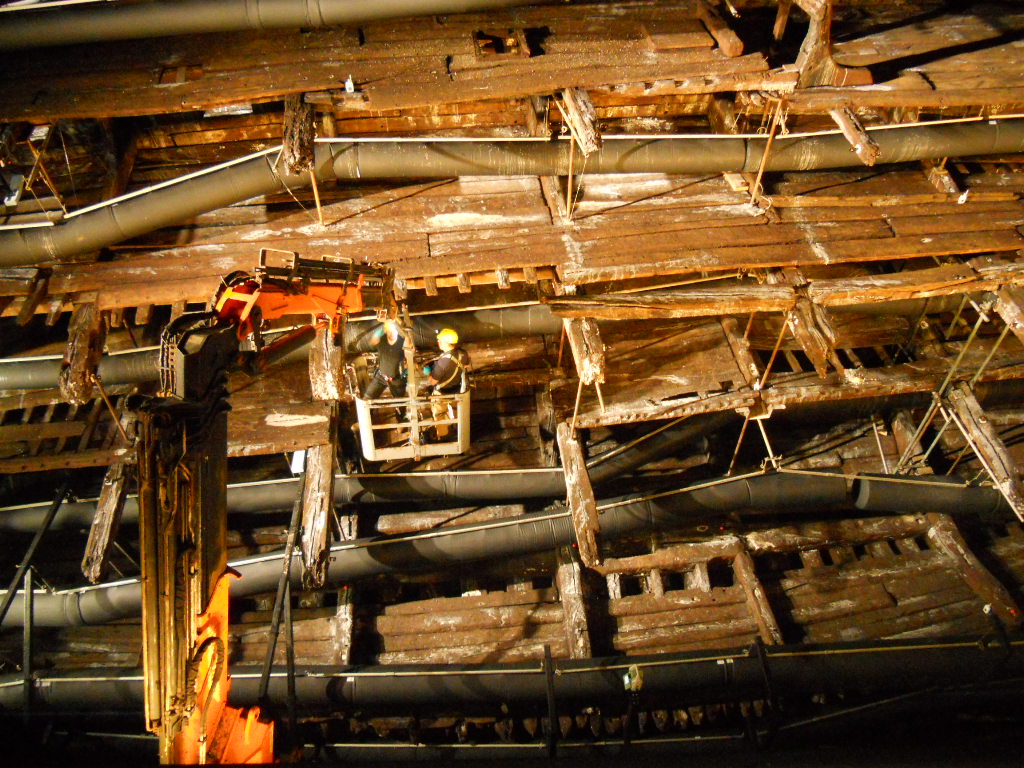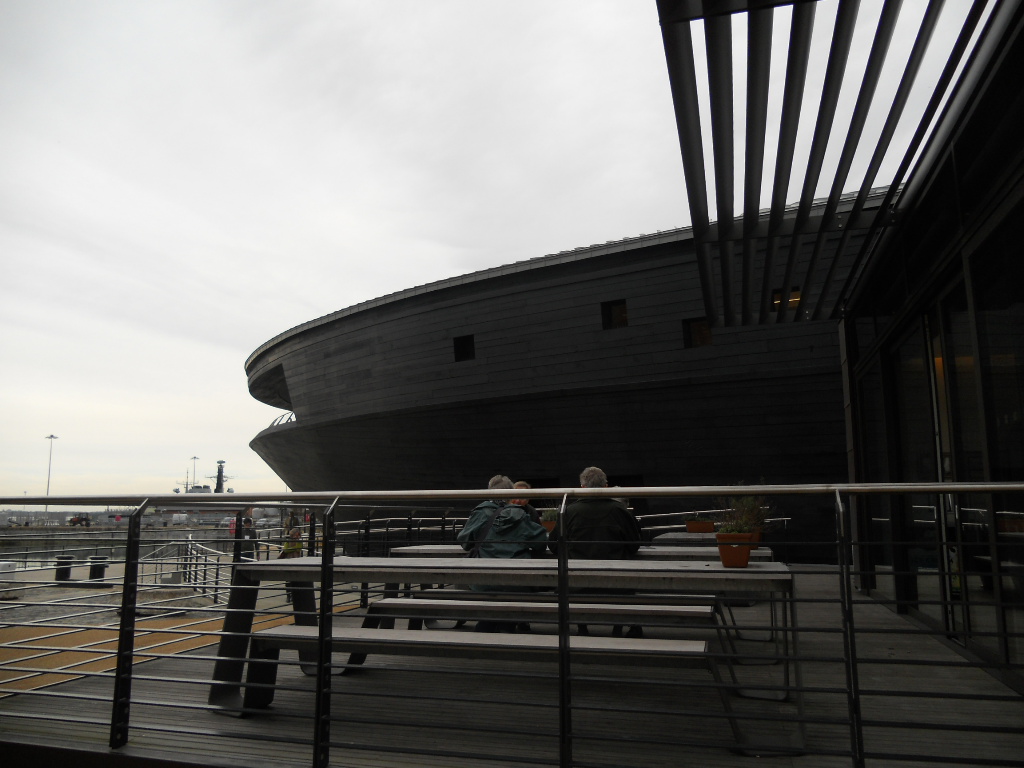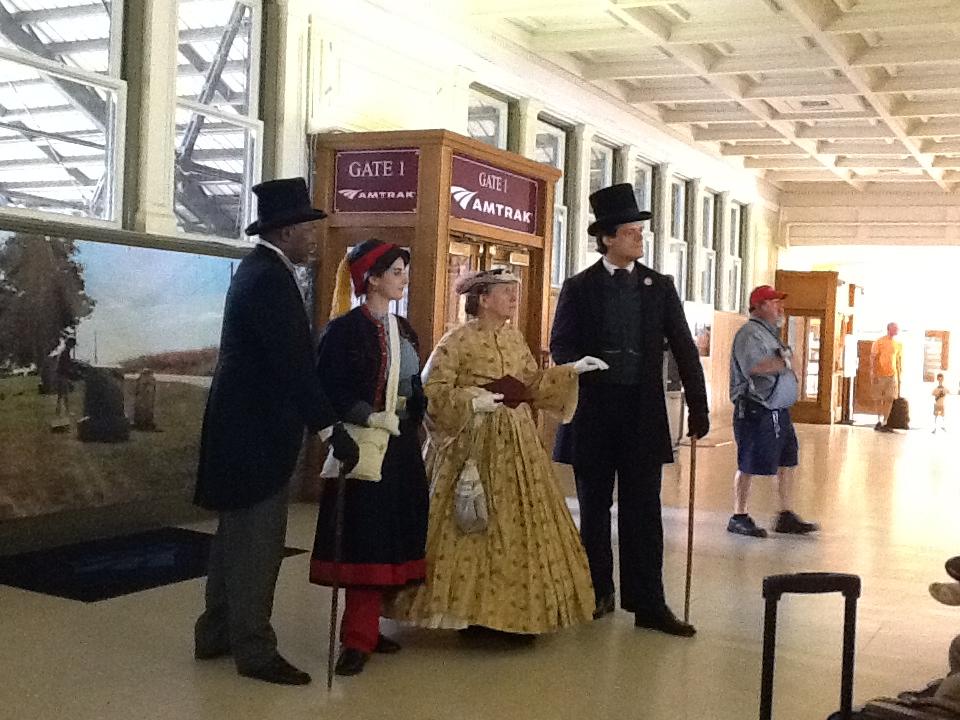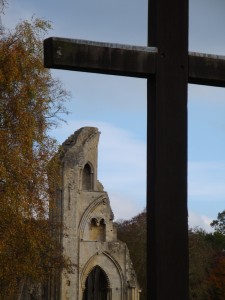For those who aren’t in the know, the Museums Association conference is the big event of the year for museum bods in the UK. This year it was in Liverpool which also gave us the chance to look around some world class museums. I am only one woman so I couldn’t make every session. I am also unable to get into all of the individual debates here (that’s why I have lectures!) so what follows are some of my highlights with links which you can follow up at your leisure.

Liverpool Museum from my window (with rain!)
On the first day I got up early to attend a breakfast tour of the recently opened Museum of Liverpool. The Museum was opened earlier this year by a 6 year old boy who wrote in and asked nicely. This story demonstrates the commitment of the museum to the people of Liverpool. The displays balance celebration of people and place with more serious discussions of controversial historical and contemporary issues.
After a quick run to across the docks to the conference centre we were welcomed by a moving keynote from Ricardo Brodsky, Museum of Memory and Human Rights, Santiago, Chile. The keynotes are always interesting and sometimes controversial. Helen Goodman (shadow culture minister) was pro-museum but talked more about export bans and gifts in lieu than funding the care of existing collections. The Plenary Debate: Crisis? What crisis? between David Fleming (Director, National Museums Liverpool) and Peter Bazalgette (Chair, Arts Council England) dealt with the impact of funding cuts. The Rebalancing our Culture Capital Report was mentioned by several speakers (including new President of the Museums Association David Anderson) and some tweets behind Sir Peter Bazalgette in the plenary debate illustrated the frustration felt by many in the audience. Have a look at the hashtag #museums2013 on twitter to follow the debates. The Museums Association also has summaries up on their website.

MA conference
It should be noted that when choosing activities I engaged in some obvious nepotism by attending sessions run by my colleagues e.g. ‘Overcoming your fears of managing volunteers’ and the University Museums Group session which launched a new report. Other than that I found the ‘Emotional Museum’ strand particularly thought provoking and it included my star session, a workshop on LGBT activism in museums. On a related note the Social Justice Alliance for Museums launched on the first day and the three conference themes The Therapeutic Museum, Tomorrow’s World and The Emotional Museum all referred to the bigger question of who and what museums should be for.

Teddy
On a lighter note I had great fun mooching around the exhibition area, quizzing people about digital developments and picking up free pens (and teddy bears). However, there were also a number of sessions somewhere in the middle, giving concrete examples of how high concept ideas can be put into practice.The ‘I Tweet Dead People’ session from York Museum and Imagemakers was a great example of the kind of innovation which can marry new technology together with engaging interpretation. This is what the conference is really about for me, learning new things, meeting new people and developing new ways of moving forward together.
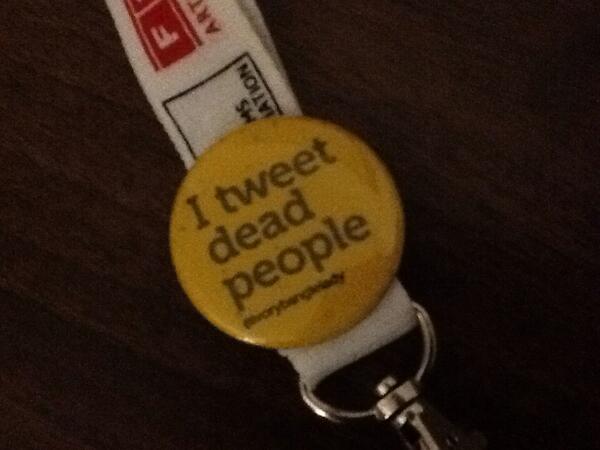
I tweet dead people


